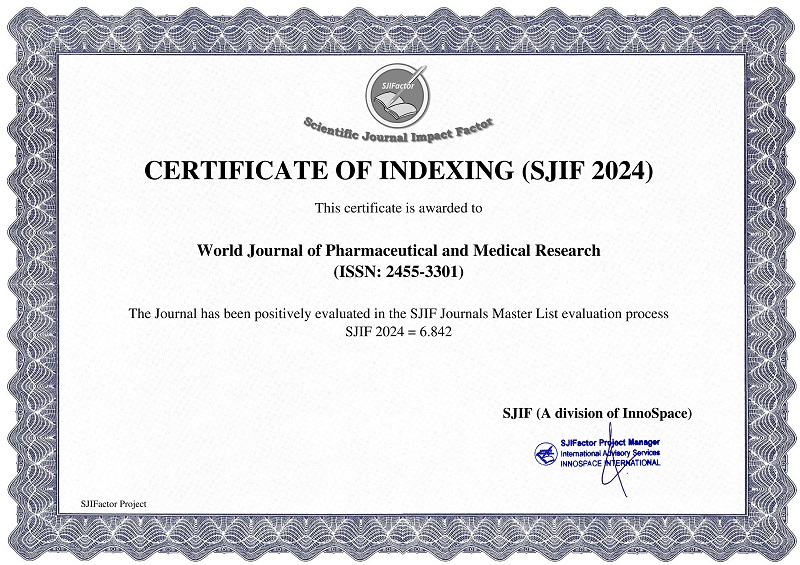CONCEPTUAL STUDY AND PHYSICAL EFFECT OF TANDRA AND ITS MANAGEMENT BY AYURVEDA
Dr. Shailendra Kumar Tripathi*, Dr. Manohar Ram, Dr. Ramnihor Tapsi Jaiswal and Dr. Premkant Yadav
ABSTRACT
Sleepiness has been described in every place in our Ayurveda literatures, such as Charak Samhita, Sushrut Samhita, Astanga Hridaya and Madhav Nidan etc. It is described in every chapter of these literatures. In the Samhita, drowsiness is considered to be a phlegm-based disease, which is accompanied by Gaurav, weakness, lack of appetite and other Phlegm related symptoms. And this drowsiness is considered to be mainly of the Tama Guna. This drowsiness gives rise to Obesity, Diabetes, BP (HTN) etc. in the body. For this, the treatment and diet for drowsiness is also described in the Ayurved Samhita. When we commonly speak of drowsiness, we a range of term interchangeably such as fatigue, tiredness or sleepiness. Sleepiness or drowsiness is a state of strange desire for sleep or sleeping for unusually long periods (compare hypersomnia). It has distinct meaning and causes, It can refer to usual state preceding falling asleep, the condition of being in a drowsy state due to circadian rhythm disorders or a symptom of other health problem. It can be accompanied by lethargy, weakness, and lack of mental agility. Drowsiness can be dangerous when performing task that require constant concentration such as driving a vehicle. when a person is sufficiently fatigued, microsleeps may be experienced
[Full Text Article] [Download Certificate]



